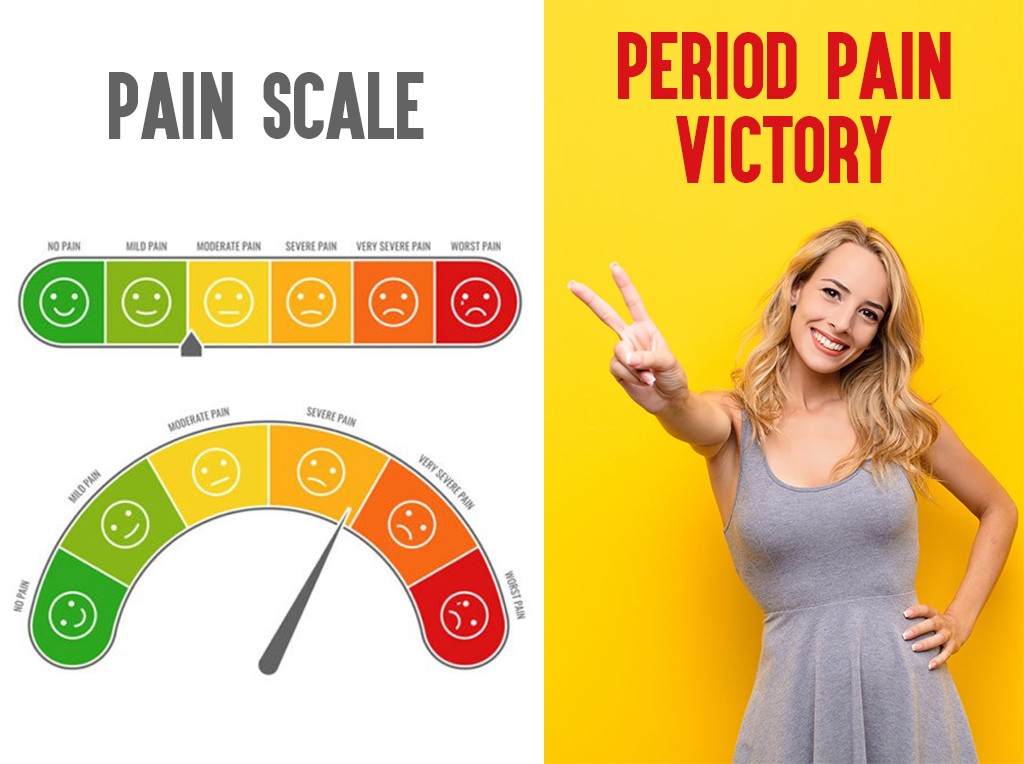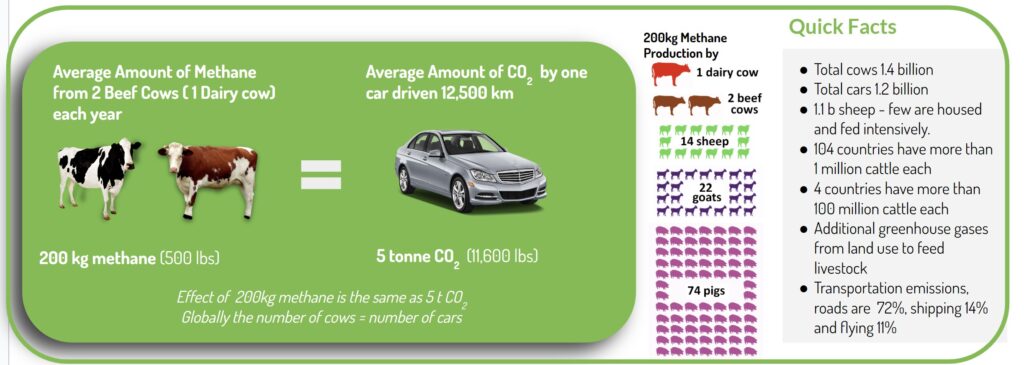
Welcome to Seaweed News March 2023 as we continue to sell our organic, natural anti-inflammatory seaweed globally.
- Blood pressure Reduction
- Reducing dysmenorrhea pain
- Reducing methane emissions in cows with the red seaweed Asparogopsis
- Our plant biostimulant Boost
- Plastic in humans – what can we do?
- Launch of the Great Blue Wall of Africa
- Seaweed Market Expanding
We now have seaweed on a subscription basis. We’ll send it out every 2 months. Hold, or cancel at any stage. Get product at 25% discount. Vegan or gel capsules. Go to www.seaweed.ph
Satisfied Customers for Blood Pressure and Health
I just wanted to let you know I just scored 10/10 on my annual cardiovascular stress test. I upped my seaweed to 8 caps per day a while back. My BP had crept up to 135/90 despite meds.. Now it is consistently 120 over 80. Nothing else changed apart from seaweed and a bit less exercise. I’m considering dropping one of the meds to see what happens.
Chris Joseph from @sailingmoonlight

Our response to Chris was 3 fold.
- We were delighted. We know the benefits
- Previous research show seaweed was as effective as blood pressure medication.
- Follow your doctor’s orders.
The recommendation for blood pressure was reduced downwards as cardiologists recognised slightly elevated blood pressure over a long time was higher risk than short periods of higher blood pressure
- Normal blood pressure: less than 120 mmHg systolic; less than 80 mmHg diastolic.
- Elevated blood pressure: 120 to 129 mmHg systolic; less than 80 mmHg diastolic.
- Stage 1 high blood pressure: 130 to 139 mmHg systolic; 80 to 89 mmHg diastolic.
Do you know yours? If not get yourself a smartwatch with sensors (Review here)
Reducing Dysmenorrhea Pain
Many customers find that reducing dysmenorrhea allows getting back weeks of their lives each year.
I’ve suffered from endometriosis since I was 15. I suffer from chronic period pain and my bowels are impacted for at least 2 weeks during my cycle. I’m either constipated or have loose bowels. I was fortunate to conceive my first child through IVF after having two surgeries to clear the endometriosis. I found that my endometriosis improved post pregnancy for the first 12 months. However, post my second child my endometriosis symptoms returned and I continued to experience bad period pain every month. Hugh gave me some seaweed for just 2 months, and I noticed a great improvement. My lethargy and belatedness decreased greatly and my period pain eased. I highly recommend trying seaweed if you suffer from endometriosis. It makes such a difference!
Fiona Read, Wurth Property Investment
Recently, a study using digital health apps such as Flo found nearly half of American women reported taking days off from work due to menstrual symptoms. The University of Virginia School of Medicine Health survey found that 45.2% of women reported menstrual symptoms that impacted their work. Those symptoms included reduced energy, mood and lack of concentration.

The authors say these results demonstrate just how resilient women are — they are able to continue to work and be productive despite the significant impact that menstrual symptoms have, Researchers found those women, who used digital health interventions such as the Flo app, were better equipped to manage their period symptoms. More than half of the women surveyed in the study said the app helped them prepare for and be aware of their body’s signals.
We focused on dysmenorrhea. But we know those with severe pain are likely to have endometriosis also. An estimated one in 10 women of reproductive age – about 176 million women globally – suffer from endometriosis, a condition resulting from the appearance of endometrial tissue outside the uterus and causing pelvic pain. Despite the prevalence of the condition, however, it takes an average of seven-and-a-half years to diagnose it. Fiona’s story is common. Awareness is not.
Biosea Boost Plant Biostimulant, Made from Seaweed
As part of our seaweed production process in the Philippines, we are continuing to expand our Biosea Boost plant biostimulant product. All the ag research over the past 20 years in UK, USA, India, Philippines and China show plant biostimulants increase crop yields by about 15%. Organic farming, grape growing, horticulture and leafy vegetables production all use plant biostimulants. The opportunity to move into “conventional” agriculture and horticulture means more sustainability and lower emissions from farming. Farmers can halve their use of artificial nitrogen fertilizers, and in many countries, their balance of payments is crippled with imports of fertilizer (eg The Phillipines, Sri Lanka).
Yield and Quality Boost in Mangoes
Spraying about 0.25 litres per tree not only increases fruit yield but also fruit quality by up to 50%.
Demonstrated boost in Yield of Rice, and Papaya
Use of Biosea Boost in the Lyete province demonstrated 15% or more yields and a reduction in the standard fertilizer application of up to 50%.

Growing seaweed and producing seaweed is part of a circular economy where it is win win for agriculture, communities, land and oceans.
Biosea Boost Plant Stimulant Mitigates Sovereign Risks
The long term effects of the Russian invasion of Ukraine, will mean fertilizer prices are expected to be much higher for many years! Higher prices are not just true in the Philippines but equally in western countries including UK, Australia, NZ. Many countries import most of their artificial fertilizer.
Seaweed News March 2023 Around the World
Here are a couple of articles on seaweed news from around the world.
Seaweed For Cow Methane Reduction in the News
Agriculture is the largest anthropogenic source of methane, accounting for about 40%. We burn methane (or so-called “natural gas”) in power stations and homes. “Fugitive” emissions are much worse.
Two cows produce as much methane as 1 car. And there are as many cows as cars.

A number of innovators are offering new solutions to methane reduction in cows, . Growing seaweed for cows and sheep continues to be in the news. Feeding cattle in feedlots is the focus initially. Sam Elsom from SeaForest in Tasmania is a leader in this space. Follow them on Instagram. Volta Greentech is from Sweden, H4 Global is working on a project at Bluff in New Zealand and also in South Australia, Symbrosia is from Hawaii, Blue Ocean Barns is from California and there are others growing seaweed or using isolates from Aspargopsis species.
Plastic In People
Microplastic pollution has been detected in human blood for the first time, with scientists finding the tiny particles in almost 80% of the people tested. (The Guardian)
Humans dump huge amounts of plastic waste in the environment. Microplastics now contaminate the entire planet, from the summit of Mount Everest to the deepest oceans. We consume the tiny particles via food and water as well as breathing them in. Scientists have found plastic in the faeces of babies and adults. Pet baby bottles are thought to be the culprit. With over 170 trillion bits of plastic in the environment, the problem has got worse from 20 trillion a decade ago.
Humans ingest and inhale microplastics, up to 121,000 microparticles per year for an adult, or as one controversial “comparison” puts it, the equivalent of a credit card (5 grams) per week.
Estimates are about 14 billion tons of microplastics in the ocean today.

We grow our seaweed in an area of the world with minimal runoff but we recognise that there is no escaping microplastics. The anti-inflammatory action of seaweed will in some ways reduce the impact of microplastics.
We still use foil bags that are plastic lined ???? Why? Moving to paper made from seaweed has been considered, but these paper bags have less than 6 months shelf life. They are are not airtight so the product would spoil. We are discussing with a potential distributor who intends to use returnable glass jars,
Launch of the Great Blue Wall for Africa
At the UNFCCC COP26 in Glasgow, Western Indian Ocean states and partners including the International Union for Conservation of Nature (IUCN) have launched the Great Blue Wall initiative. Artisanal and commercial fishing is critical for food security and the economy of the over 70 million people living along the coast, as the region’s fishing contributes to 4.8 percent of the global fish catch, equivalent to about 4.5 million tons of fish per year. Marine assets in the WIO are valued conservatively at $333 billion and provide at least $21 billion every year to the regional economy from marine and coastal tourism, carbon sequestration, and fisheries.

The Great Blue Wall initiative aims to:
- Establish a first-of-its-kind connected network of seascapes to benefit people and nature.
- Protect 30% of the ocean by 2030
- Achieve net gain of critical blue ecosystems by 2030 which means regeneration of mangroves, corals, and seagrasses
- develop a regenerative blue economy
- Ceate millions of jobs by supporting local communities through funding, training and technical assistance.
Improving the health of the ocean means improving the well-being of local communities. Through this partnership, millions of women and men will be able to build a better life for their families through enterprises that support ocean conservation.
The Seaweed Market is Expanding
The seaweed industry continues to grow. The seaweed global market is expected to grow from $15.01 billion in 2021 to $24.92 billion in 2028 at a CAGR of 7.51%.
Are algae the future of sustainable nutrition? This article from Medical News Today thinks so, but what took them so long?
“It is one of the oldest plant foods in the world,” Dr. William Sears, pediatric and family medicine practitioner and author of The Healthy Brain Book told Medical News Today.
“There are thousands of species of algae and each one produces lots of healthy nutrients we all need, but most of us don’t eat enough of [them],” he noted. “[They are] a rich source of B vitamins, vitamin K, iron, magnesium, calcium, iodine, and more.”
“The root cause of many illnesses is oxidation — wear and tear on the body,” said Dr. Sears. “Algae [are] rich in antioxidants. Many different microalgae species are rich sources of different antioxidants.”

